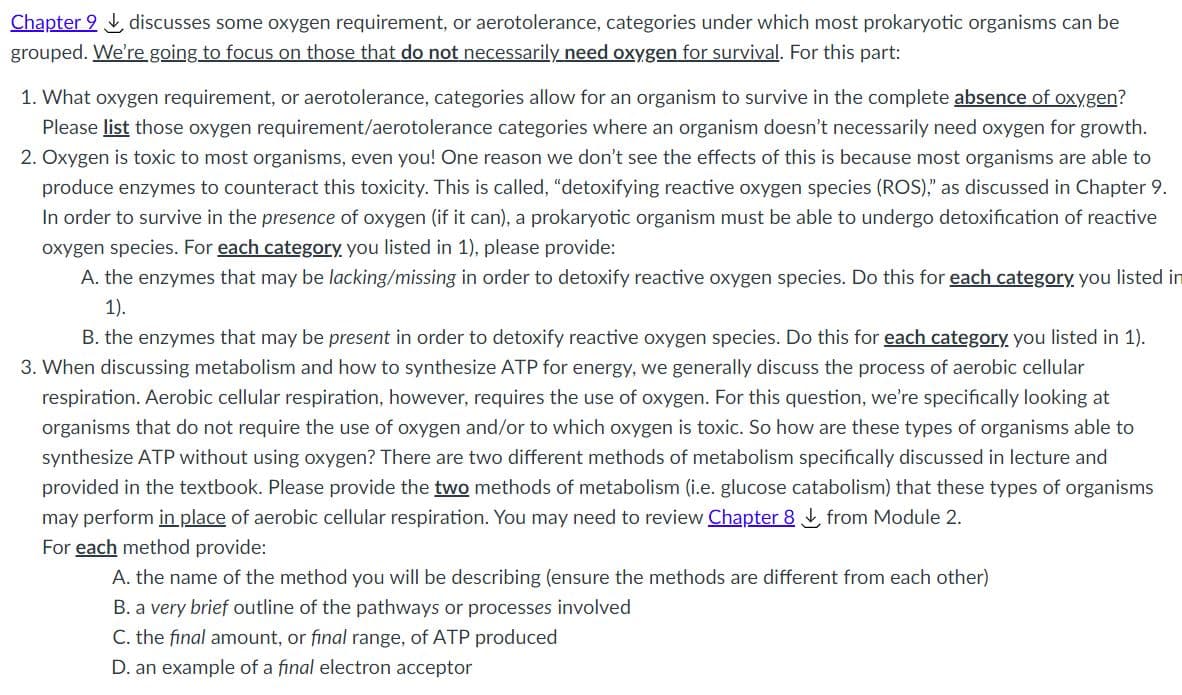1. What oxygen requirement, or aerotolerance, categories allow for an organism to survive in the complete absence of oxygen? Please list those oxygen requirement/aerotolerance categories where an organism doesn't necessarily need oxygen for growth.
Control of Microbial Growth
It can be defined as the process to inhibit or prevent the growth of the population of microorganisms. It usually involves the use of physical and chemical agents to the growth of microorganisms. It is very important to control the growth of microorganisms, especially in the pharmaceutical and biotechnology industries, academic research, medical field, and food industry.
Sterilization
It is a method for the destruction of all forms of vegetative growth and endospores from a medium. In other words, sterilization can be defined as a method of killing every microbial organism such as bacteria, fungi, etc. present in an object or a medium. There are different strategies present to sterilize an object, like physical methods and chemical methods of microbial control.

Trending now
This is a popular solution!
Step by step
Solved in 2 steps









